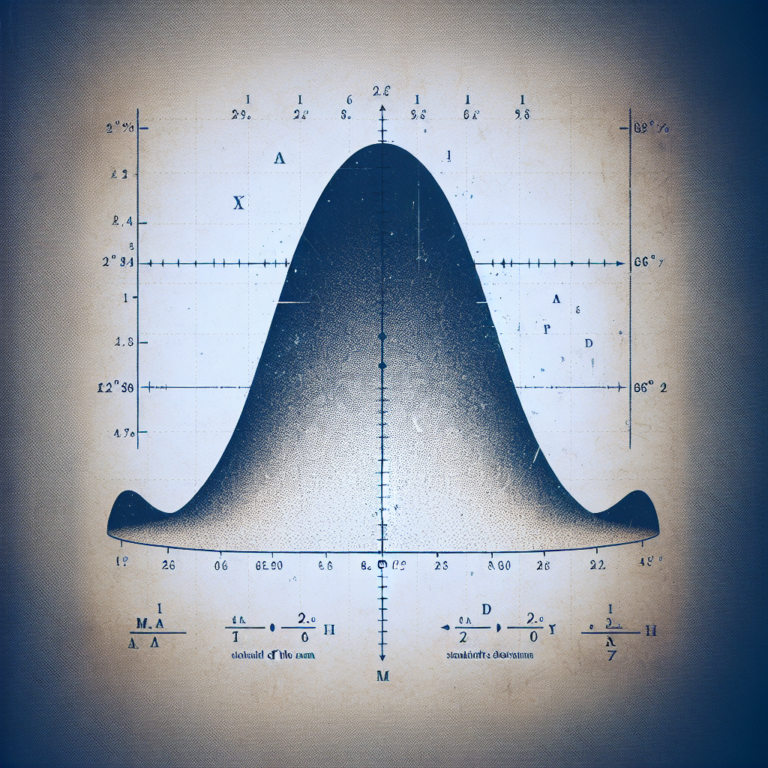ANOVA, or Analysis of Variance, is a statistical method that is widely used in data analysis to compare the means of three or more groups. This powerful tool allows researchers to determine whether there are statistically significant differences between the means of multiple groups, making it an essential technique in the field of statistics. In this article, we will delve deeper into the world of ANOVA and explore how it can impact data analysis.
At StatisMed, we understand the importance of ANOVA in medical research and statistical analysis. Our team of experts is dedicated to providing top-notch statistical analysis services for medical doctors, helping them make sense of complex data sets and draw meaningful conclusions.
Table of Contents
What is ANOVA?
ANOVA is a hypothesis testing technique that assesses whether the means of two or more groups are statistically different from each other. It works by partitioning the total variation in the data into different sources of variation, including variation between groups and within groups. By comparing the variation between groups to the variation within groups, ANOVA helps researchers determine whether there is enough evidence to conclude that the means of the groups are truly different.
Types of ANOVA
There are several types of ANOVA, including one-way ANOVA, two-way ANOVA, and repeated measures ANOVA. Each type of ANOVA is suited to different experimental designs and research questions, allowing researchers to choose the most appropriate method for their specific analysis needs.
-
One-way ANOVA: This type of ANOVA is used when there is only one independent variable or factor being studied. It is commonly used to compare the means of three or more groups.
-
Two-way ANOVA: Two-way ANOVA is used when there are two independent variables or factors being studied, allowing researchers to assess the effects of each factor individually as well as their interaction.
- Repeated measures ANOVA: This type of ANOVA is used when the same subjects are measured multiple times under different conditions. It is commonly used in longitudinal studies and clinical trials.
How ANOVA Impacts Data Analysis
ANOVA has a significant impact on data analysis by providing researchers with a robust method for comparing means across multiple groups. By identifying statistically significant differences between group means, ANOVA helps researchers draw meaningful conclusions from their data and make informed decisions. This can be particularly valuable in medical research, where subtle differences in treatment outcomes or patient characteristics can have significant implications for patient care.
At StatisMed, we recognize the importance of accurate and reliable data analysis in the medical field. Our statistical analysis services are designed to help medical doctors make sense of complex data sets, identify patterns and trends, and ultimately improve patient outcomes. With ANOVA as one of our core analysis tools, we are committed to providing high-quality statistical services that meet the unique needs of our clients.
In conclusion, ANOVA is a powerful statistical method that plays a key role in data analysis, particularly in medical research. By comparing the means of multiple groups and determining whether there are significant differences, ANOVA helps researchers make sense of complex data sets and draw meaningful conclusions. At StatisMed, we are dedicated to providing top-notch statistical analysis services for medical doctors, leveraging tools like ANOVA to deliver actionable insights and drive positive outcomes. If you require statistical analysis services for your medical research, don’t hesitate to contact us or request a quote today.
[ad_2]




